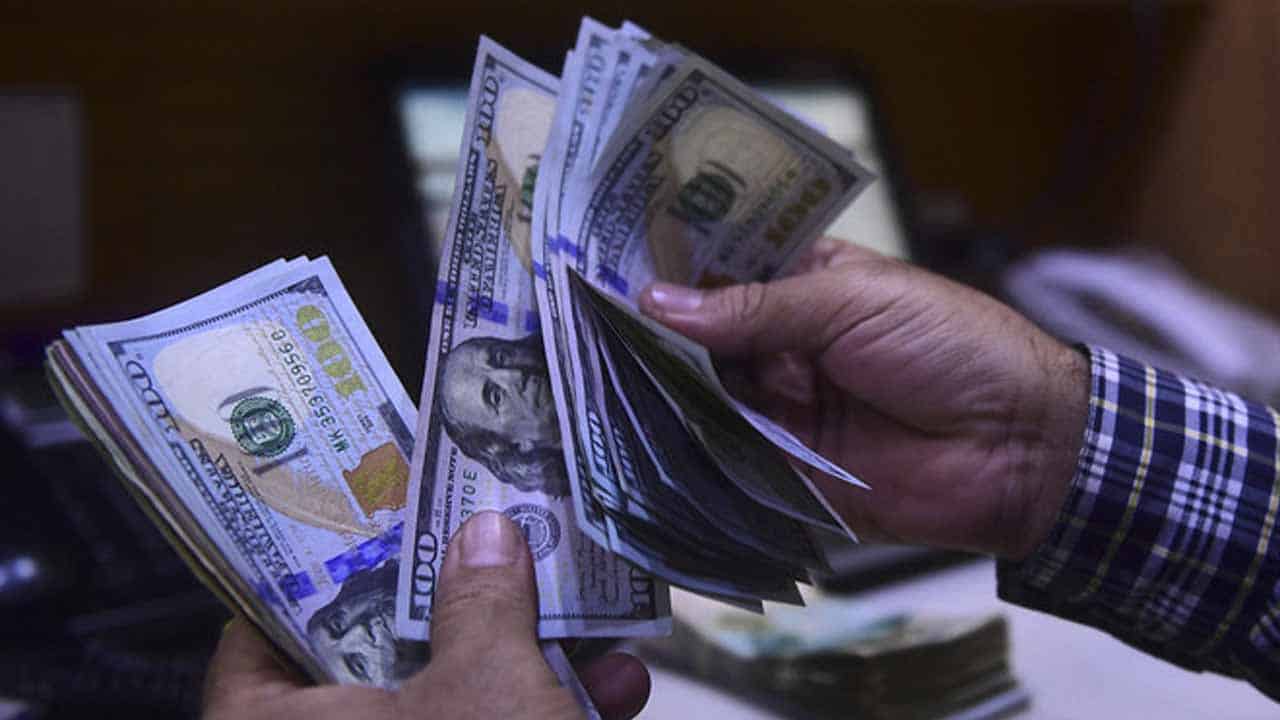According to figures issued by the central bank on Thursday, remittances to Pakistan fell 19.3% year on year to $2 billion in the first month of the current fiscal year.
In the meantime, remittance inflows have decreased by 7.3% month on month. The country got $2.2 billion in remittances from Pakistanis residing overseas in July.
Last month, the majority of remittances came from Saudi Arabia ($486.7 million), the United Arab Emirates ($315.1 million), the United Kingdom ($305.7 million), and the United States of America ($238.1 million).
Analysts predicted a drop in remittances in July, but more inflows following Eid ul Adha in June, as Pakistani expatriates sent more money home to buy sacrifice animals.
Furthermore, it appears that remittance inflows were diverted to the grey market because the exchange rate for dollars was better there.
“Flows were dry in my opinion because it was the month following Eid ul Adha.” “Some Pakistanis are transferring money through unofficial channels,” said Samiullah Tariq, the head of research at Pak-Kuwait Investment Company.
“Persistent devaluation is discouraging investment by overseas Pakistanis,” Tariq remarked.
The remittance numbers were released after the International Monetary Fund (IMF) last month approved a second $3 billion bailout for the country’s struggling economy, which was dangerously close to defaulting on its debt.
At a monetary policy briefing last month, the governor of the State Bank of Pakistan, Jameel Ahmad, stated that the SBP is ensuring that the average difference between the interbank and open market exchange rates does not exceed 1.25%, as well as any other conditions outlined in the agreement with the IMF.
The rate at which remittances have declined is concerning. “Certainly, there is an element of grey channels offering higher rates,” said Fahad Rauf, head of research at Ismail Iqbal Securities.
“The SBP has also proposed certain changes in incentive schemes to attract more remittances, such as increasing the reimbursement rate to Saudi Riyal 30/$100, a 50% increase,” Rauf said. He believes that the SBP’s efforts, as well as the tiny margin between the official US dollar rate and grey channels, will be essential in deciding the direction of remittances.
According to the SBP’s most recent monetary policy statement, the current account deficit in fiscal year 2024 will be in the range of 0.5 to 1.5% of GDP. This study considers the influence of changing domestic and global economic situations.
The SBP anticipates that the present outlook for global commodity prices, along with a moderate local economic recovery, will keep imports in a range.
“On the financing side,” it stated, “the prospects of multilateral and bilateral inflows have significantly improved following the IMF stand-by arrangement.”
“This is critical in terms of establishing external buffers and meeting short-term external financing requirements.” Furthermore, the market-determined currency rate will remain the first line of defence against external shocks and will facilitate reserve accumulation.”



